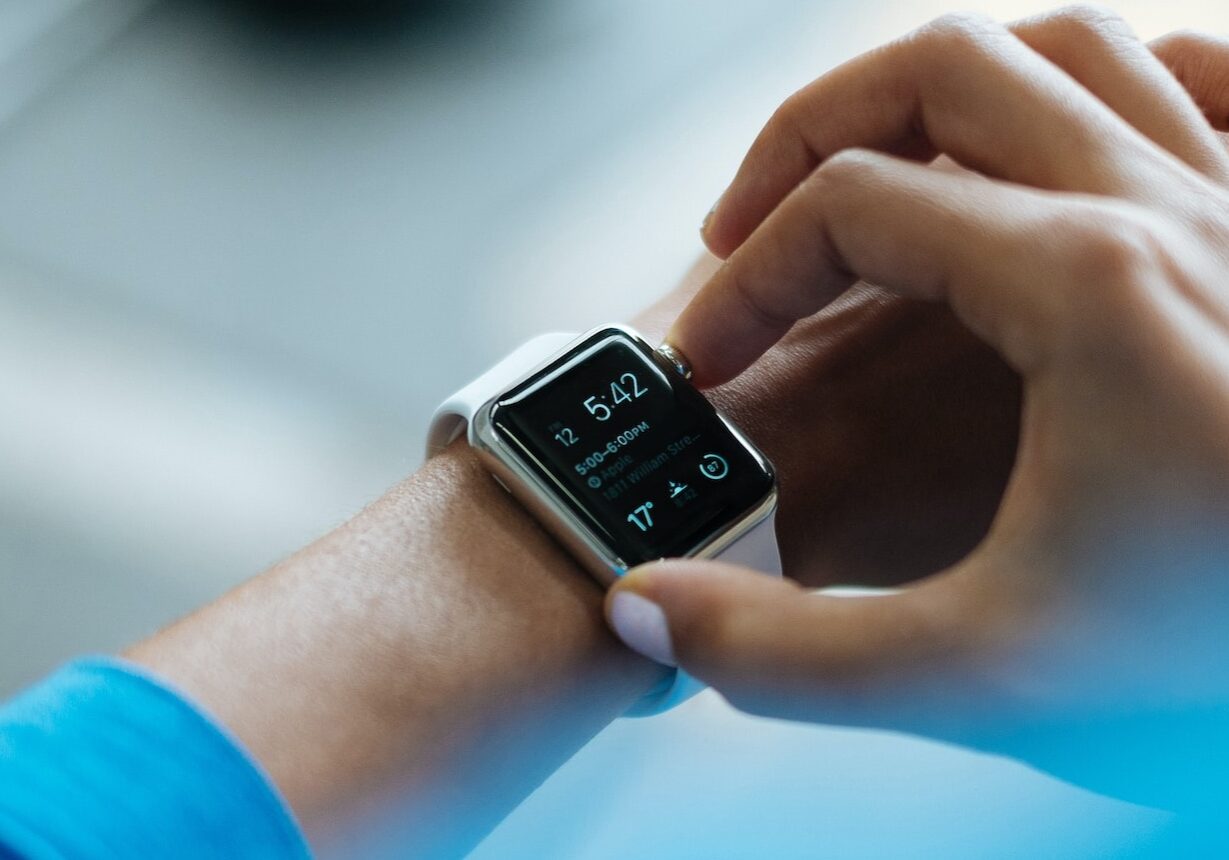1. Despite AI’s promise in medicine and other fields, poll finds ‘confidence gap’
More than half (52 per cent) of 10,000 adults polled across nine countries say they believe artificial intelligence (AI) could improve the accuracy of medical diagnoses, a study by the British Standards Institution found. But the study also found that people have varying levels of trust in AI applications and often don’t recognise that technologies they frequently use — such as voice-activated assistants or curated playlists — are powered by AI. “The magnitude of ways AI can shape our future means we are seeing some degree of hesitation of the unknown,” says Craig Civil, director of data science and AI at the BSI. “This can be addressed by developing greater understanding and recognition that human involvement will always be needed if we are to make best use of this technology, and by ensuring we have frameworks that are in place to govern its use and build trust.
2. Users of fitness wearables increasingly interested in sharing data with their doctors
A growing number of people who use fitness wearables say they are interested in sharing data from those devices with their healthcare providers, according to Software Advice’s 2023 Consumer Wearables Survey. The survey found that “interest has grown from 56% who were ‘very interested’ in 2021, to 91% who are ‘somewhat’ or ‘extremely’ interested in 2023,” Software Advice said in an Oct. 24 blog post. Among respondents, 82 per cent said their interest came from a desire to “take a more active role in my own health” and 77 per cent were interested because they wanted to “improve my health outcomes”.
3. Healthcare industry’s use of GenAI set to grow, but needs focus
The value of the generative AI (GenAI) market for healthcare was more than $1 billion in 2022 and could reach nearly $22 billion by 2032, according to the October 2023 PYMNTS Generative AI Tracker, produced in collaboration with AI-ID. However, PYMNTS cites an August 2023 brief from Bain & Co. that notes that healthcare organisations need a more focused strategy to optimise GenAI’s potential benefits to the industry.
4. Predictions for 2024: AI will make healthcare more personalised, efficient and reliable
Technology trends for the healthcare industry in 2024 will include predictive analytics, precision healthcare with computer vision and augmented reality/virtual reality for medical training, according to the healthcare technology company DataLink. Such technologies will help drive personalised medicine, make treatments more efficient and lead to more reliable diagnoses, among other benefits, writes Saurabh Bhargava, DataLink’s vice president of data science. “Advances in genomics and biomarker research are enabling more personalised treatment plans and drug therapies tailored to an individual’s genetic makeup,” says Bhargava. “This not only enhances patient outcomes but also optimizes resource allocation within healthcare systems.”
5. Study identifies tech priorities for unmet needs in women’s healthcare
Existing technologies and innovations could help meet unmet needs in women’s health and well-being, according to a study from a team of researchers from across the UK. “To date there have been limited attempts to establish what women and the clinicians who care for them consider the most important unmet needs for health technologies,” the researchers write in a study published in BMC Women’s Health. “In turn, this could result in missed opportunities to improve women’s health by focussing on technologies that match women’s own health priorities and better account for health inequities.” Among the top areas where innovation could benefit women are better non-hormonal contraceptives, new devices for gynecological self-exams, and better tests and treatments for pelvic pain.
6. Tech trends can address healthcare’s workforce and expertise shortages: Philips
Philips predicts that several trends will help the healthcare sector address challenges such as workforce shortages, economic pressure, healthcare equality and climate impacts in the coming year. They include AI-powered workflow automation and optimisation, virtual collaboration, integrated diagnostics, improved interoperability, predictive analytics for early risk detection and intervention, and green procurement. Virtual collaboration, for example, could help mitigate staff and expertise shortages and improve access to care in remote and rural areas. “As the healthcare workforce continues to age, such virtual collaboration models are creating new career paths for older and experienced healthcare professionals,” Philips writes. “They can mentor and guide their younger peers remotely, preserving valuable knowledge and expertise that may otherwise get lost as more doctors are choosing to retire early and more nurses say they plan to leave healthcare.”
7. Doctors using AI? People’s support varies depending on health status
More than half (51 per cent) of US adults believe AI will help bring major improvements to healthcare in 2024, according to a study from healthcare technology company Medtronic and Morning Consult. But only 36 per cent of those surveyed said they would prefer to work with a doctor who uses AI, and opinions appear to differ based on health status: 53 per cent of respondents who described their health as excellent said they would prefer to work with a doctor using AI, but only 29 per cent of respondents reporting fair health expressed the same opinion.
8. LLMs might perpetuate racist misconceptions in healthcare: Research
Using large language models (LLMs) for healthcare applications risks propagating racist ideas and misconceptions, a team of North American researchers found. In a study published in npj Digital Medicine, the researchers tested four different LLMs – Bard, ChatGPT, Claude and GPT-4 – and found the models failed at times when asked about medical topics with a known history of erroneous race-based practices – reflecting, for example, false beliefs about skin thicknesses, pain tolerance and lung capacity. “The results of this study suggest that LLMs require more adjustment in order to fully eradicate inaccurate, race-based themes and therefore are not ready for clinical use or integration due to the potential for harm,” the researchers write. “While it is not possible to fully characterize all possible responses to all possible medical questions due to the nature of LLMs, at the minimum, larger quantitative studies need to be done to ensure patient safety prior to widespread deployment.”
9. Study finds that telemedicine delivers outcomes similar to in-office visits
Telemedicine provided an effective and convenient way to deliver primary care during the COVID-19 pandemic, a study by researchers at Kaiser Permanente found. The study was based on records involving more than 1.5 million patients and over 2.3 million primary care visits, a little over half (50.8 per cent) used telemedicine. The researchers concluded that “ongoing telemedicine use is fairly effective in having limited return office visits, low emergency visit rates, and very low hospitalization rates compared to office visits.”
10. Reducing carbon emissions in medicine can also reduce costs
Reducing the carbon footprint of diagnostic imaging devices in healthcare can also reduce costs, a joint study by Royal Philips and Vanderbilt University Medical Center found. Upgrading equipment or using circular business models could, for example, lower the carbon emissions of an MR system by 17 per cent and reduce total cost of ownership by 23 per cent. The research also found that it’s important to work with medical staff to improve the efficiency of diagnostic procedures, because 44–74 per cent of energy is consumed outside of patient scanning times. “This study challenges conventional thinking that sustainability increases costs when it, in fact, does just the opposite,” says Jeff DiLullo, chief region leader of Philips North America.








